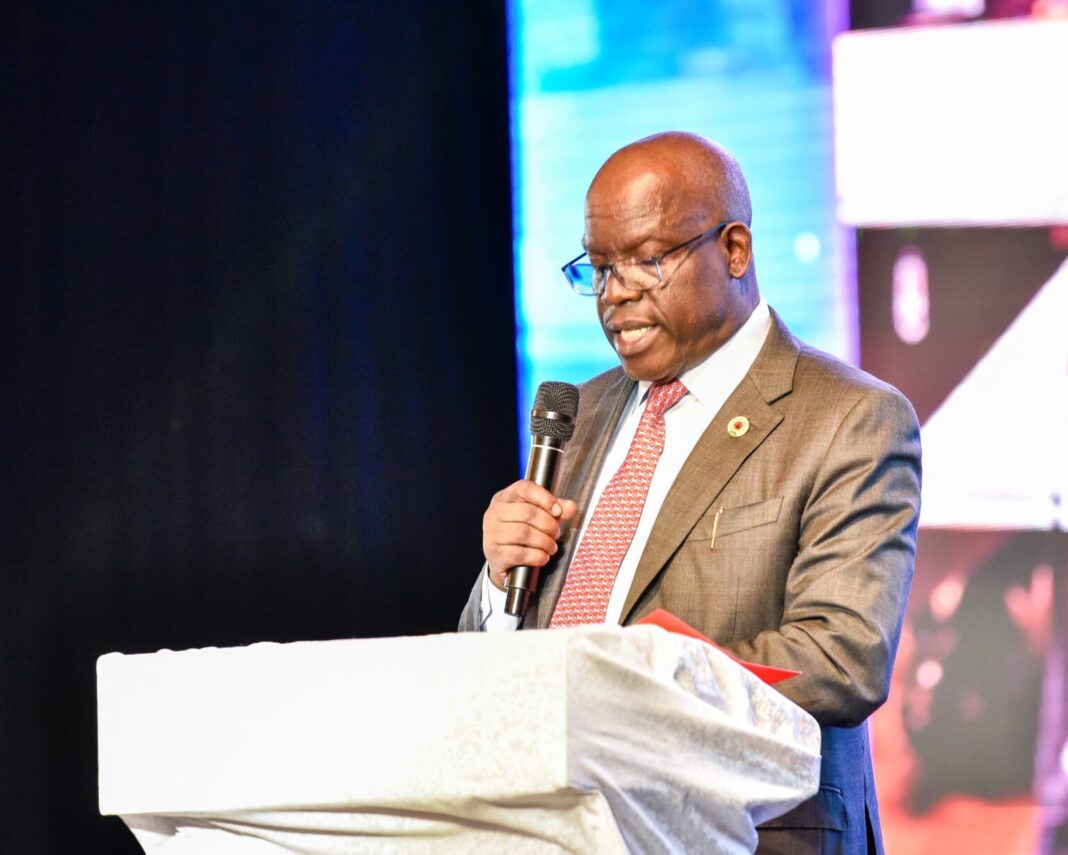In a major boost for Nigeria’s gas ambitions, the Nigerian Upstream Petroleum Regulatory Commission has announced that it has secured over $4.9 billion in capital expenditure investments into Non-Associated Gas (NAG) field developments since the Petroleum Industry Act became law. The regulator also revealed that more than 25 Field Development Plans for non-associated gas fields have been approved, unlocking almost 9,790 billion standard cubic feet (BSCF) of gas reserves and elevating gas output by 3.54 BSCF per day.
The figures were laid out at the 3rd Gas Investment Forum held in Lagos. Engr. Gbenga Komolafe, Chief Executive of NUPRC, represented by the Executive Commissioner for Development and Production, Enorense Amadasu, emphasized that the investments reflect growing confidence from local and foreign players in Nigeria’s growing gas potential. Amadasu explained that these non-associated gas fields are now positioned to supply both export markets and the domestic energy value chain.
Nigeria’s total proven gas reserves, Komolafe disclosed, now stand at approximately 210.54 trillion cubic feet (TCF). This comprises 109.51 TCF of non-associated gas and 101.03 TCF of associated gas. Of this total, about 55 TCF — roughly 26 percent — remain uncommitted to existing or planned monetization projects. These uncommitted reserves represent a vast investment opportunity, particularly for developers willing to work in non-associated gas fields under the new regulatory regime.
The NUPRC also provided updated production numbers. National gas production rose from 6.91 BSCF per day in 2023 to 7.61 BSCF per day in 2025. The Reserves Replacement Ratio (RRR), a measure of how well new reserves are being added as production continues, stands at 1.56. Nigeria’s Reserves Life Index (RLI), which estimates the number of years current reserves can sustain production at existing rates, is now 92.7 years.
Amadasu revealed that Nigeria is not only refining capacity for gas export but also boosting domestic utilization. About 28 percent of total gas utilization is currently consumed domestically, while 35 percent is exported through LNG and WAGP routes. Field uses such as gas lift and reinjection account for 29 percent.
Policy reforms underpinning these achievements include the Petroleum Industry Act itself, the Domestic Gas Delivery Obligation regulations of 2022, the Gas Flaring, Venting and Methane Emissions Regulations of 2023, and the Oil and Gas Companies (Tax Incentives) Order of 2024. These regulatory tools are intended to improve the framework for investment and ensure that gas resources are monetized efficiently and with environmental care.
A number of gas projects are also being prepared or are under regulatory review. Major infrastructure developments such as NLNG Train 7, the Ajaokuta-Kaduna-Kano (AKK) Pipeline, and the Brass Fertilizer and Petrochemical Project were cited among priorities. NUPRC says negotiations and approvals are actively being facilitated for upstream gas supply to these key downstream facilities.
There are currently 19 active gas development projects being monitored by NUPRC. These comprise 10 production facilities and 9 pipeline projects. Combined capacity of those projects stands at 3.55 BSCF per day. Most are in engineering phases, with about 12 percent already in construction or fabrication.
NUPRC says it is also implementing a regulatory roadmap aimed at unlocking over 55 TCF of uncommitted gas reserves and integrating them into monetization pipelines. Officials claim this roadmap will improve incentives, simplify entry for investors and advance domestic gas infrastructure. The goal is to ensure Nigeria becomes a leading power in Africa’s gas sector.
Nigeria has long been criticized for under-utilizing its gas reserves, flaring associated gas, and failing to attract sufficient investment in non-associated gas fields. These figures suggest that the Petroleum Industry Act and reforms flowing from it are beginning to shift Nigeria from rhetoric to measurable action. However, observers also caution that commitments must translate into actual field outputs, including improved domestic access to gas and the delivery of infrastructure that can safely and reliably transport and utilize gas.
With the global transition toward cleaner energy intensifying, gas is seen as a bridge fuel. For Nigeria, this means balancing export ambitions with domestic supply demands for power, fertilizer, household cooking gas, and industrial feedstock. If the regulatory roadmap holds, the country stands to gain both economically and environmentally.
With nearly $5 billion secured, large reserves unlocked, and fields in development and engineering, momentum is building. What remains to be seen is whether execution can keep pace. Projects must clear financing and stringent regulatory processes, and infrastructure must be built or fixed. If they do, Nigeria could soon transform parts of its energy sector from weakness into strength.
Samuel Aina

